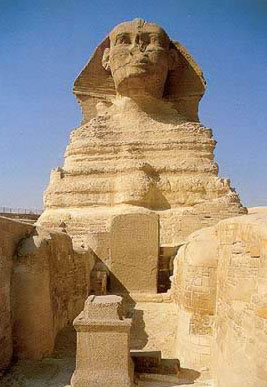

Egyptian dream practices
Like their counterparts in Mesopotamia, the ancient Egyptians (like the later Greeks and Romans) also practiced dream divination among other methods for foretelling future events (cf. Meier, 1987, pp. 48 - 57), but that was not regarded as the sole purpose of dreams. There are dreams and even dream interpretation manuals which have come down to us from the ancient Egyptians (Wolff, 1952, pp. 9 - 12). According to Van de Castle, the earliest collection of Egyptian dream interpretations is found in the Chester Beatty Papyrus III, housed in the British Museum, which dates from the twelfth dynasty (2050 - 1790 B.C.). There are parts missing at both ends, but he said "The core of the work consists of a table listing 143 good and 91 bad dreams, along with their interpretations." While some dream images were understood symbolically, others were based on puns, which thus don't translate well into other languages. As an example, he says that if someone dreamt of revealing his backside, it meant he would become an orphan, an interpretation which isn't so farfetched when one learns that the Egyptian word for orphan and for buttocks is the same (Van de Castle, 1994, p. 56).
Previous section Next section List of sections List of chapters